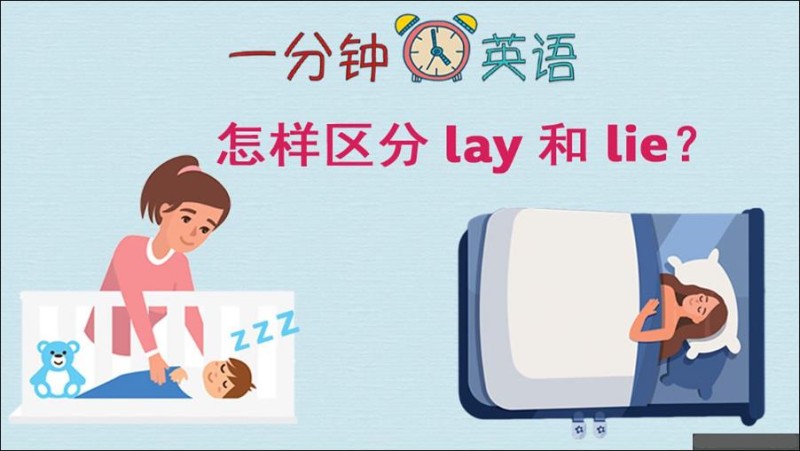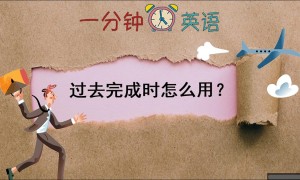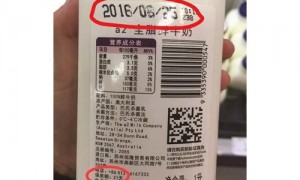内容简介
“Lay” 和 “lie” 是一对非常容易混淆的动词,这不仅因为它们的发音和拼写相近,还因为它们的含义也有相似之处。它们当中的哪一个意思是 “平放”?哪一个是 “平躺”?它们都是及物动词吗?它们的过去式分别是什么?本集节目教你如何分辨 “lay” 和 “lie”。
文字稿
I'm Sian from BBC Learning English, and today we're going to look at the difference between lay and lie.
So, lay always has an object, and it means 'put something or someone down carefully' – normally in a flat position.
When I eat I lay a cloth on the table. You can lay a baby in a cot.

The past tense is laid, but careful with the spelling. I laid all my cards on the table.
The verb lie doesn't have an object and it means that you are 'in a flat position' or you 'put yourself in a flat position' - so you move on your own.
Tonight I want to lie on the sofa and watch a film.
But be careful. Now, the past of lie is lay. Yesterday I lay on the beach and read my book.
Lay 和 lie 的用法总结
1. “Lay” 的意思是 “小心地放置,平放”。它是及物动词,后面必须跟宾语。
When I eat, I lay a cloth on the table.You can lay a baby in a cot.
“Lay” 的过去式是 “laid”。
I laid all my cards on the table.
2. “Lie” 的意思是 “平躺,平卧”,指某人自己移动。它是不及物动词,后不跟宾语。
Tonight I want to lie on the sofa and watch a film.
“Lie” 的过去式是 “lay”。
Yesterday I lay on the beach and read my book.







